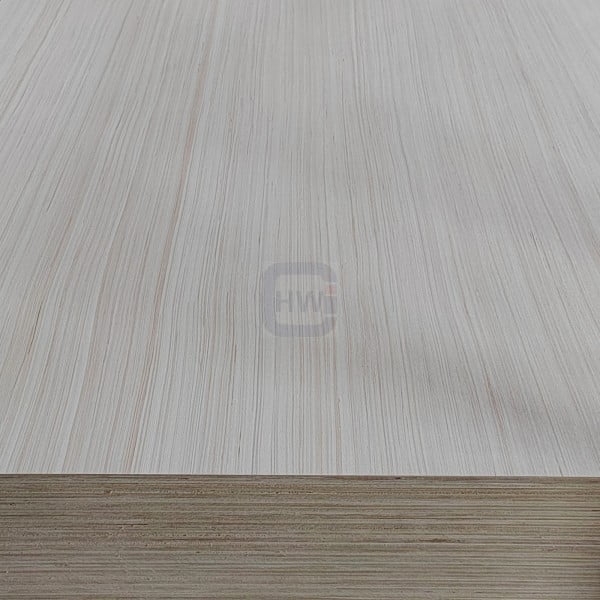
As a passionate DIY enthusiast and someone who has dabbled in various woodworking and construction projects, I understand the importance of choosing the right materials. Plywood has been a staple in the world of woodworking and construction for ages, but it’s not always the best fit for every project. In this comprehensive guide, we’ll explore the world of lightweight alternative to plywood, offering you a plethora of options to consider for your next endeavor.
Understanding the Need for Lightweight Alternative
Why Look for Alternatives to Traditional Plywood?
Traditional plywood is known for its strength and versatility, but it’s not without its drawbacks. It can be heavy, cumbersome to work with, and may not always be the best choice for certain projects. This is where lightweight alternatives come into play, offering several key benefits:
- Ease of Handling: Lightweight materials are, as the name suggests, much easier to handle. This can be a game-changer, especially if you’re working on a project solo.
- Reduced Transportation Costs: Weight plays a significant role in transportation costs, so opting for a lighter alternative can save you money when sourcing materials.
- Versatility: Lightweight materials come in various forms, each with its unique set of properties. This versatility allows you to choose the perfect material for your specific project.
- Reduced Structural Load: For projects where structural load is a concern, lightweight materials can be an excellent choice while still providing ample strength.
Now, let’s explore some of the most popular lightweight alternatives to traditional plywood.
The Lightweight Contenders
1. MDF (Medium Density Fiberboard)
What Is MDF?
Medium Density Fiberboard, or MDF, is a versatile wood composite made from wood fibers, wax, and resin. It is known for its smooth surface, uniform density, and affordability.
Why Choose MDF?
- Lightweight: MDF is significantly lighter than plywood, making it easier to transport and work with.
- Smooth Finish: Its smooth surface is ideal for applications where a clean, polished look is desired.
- Cost-Effective: MDF is budget-friendly, making it an excellent choice for projects with cost constraints.
2. Honeycomb Panels
What Are Honeycomb Panels?
Honeycomb panels consist of a core material sandwiched between two face sheets. The core is typically made of lightweight materials such as paper, aluminum, or plastic.
Why Choose Honeycomb Panels?
- Exceptional Strength-to-Weight Ratio: Honeycomb panels offer impressive strength while being exceptionally lightweight.
- Variety of Core Materials: You can choose from different core materials to suit your project’s specific needs.
- Structural Stability: They are often used in applications requiring both strength and stability.
3. Foam Boards
What Are Foam Boards?
Foam boards are rigid panels made from various types of foam, including polystyrene and polyurethane. They are lightweight and easy to cut.
Why Choose Foam Boards?
- Ultra-Lightweight: Foam boards are among the lightest materials available for construction and crafting.
- Insulation Properties: Some foam boards offer insulation benefits, making them suitable for certain applications.
- Ease of Cutting: They can be effortlessly cut into various shapes and sizes, making them versatile for creative projects.
Exploring Lightweight Alternative to Plywood Prices
Factors Affecting Pricing
Several factors can influence the prices of lightweight alternatives to plywood:
- Material Type: The type of lightweight material you choose will have a significant impact on the cost. For example, high-density foam boards may be more expensive than standard MDF.
- Thickness: The thickness of the material can also affect pricing. Thicker panels generally cost more.
- Brand: Well-known brands and manufacturers may charge a premium for their lightweight materials.
FAQs About Lightweight Alternative to Plywood
Q1: Can I use lightweight alternative for outdoor projects?
A1: It depends on the specific material you choose. Some alternatives like plastic honeycomb panels or marine-grade foam boards can be suitable for outdoor use.
Q2: Are lightweight materials strong enough for structural applications?
A2: Yes, some lightweight materials like honeycomb panels are known for their exceptional strength and can be used in structural applications.
Q3: Can I paint or finish these materials?
A3: Yes, most lightweight alternatives can be painted or finished to achieve the desired appearance.
Q4: Are lightweight materials environmentally friendly?
A4: It varies by material. Some, like MDF, may contain adhesives that emit volatile organic compounds (VOCs). Research the environmental impact of your chosen material before use.
Conclusion
Exploring lightweight lightweight alternative to plywood opens up a world of possibilities for your woodworking and construction projects. Each material has its unique characteristics and advantages, allowing you to select the perfect fit for your specific needs. Whether you’re seeking ease of handling, cost-efficiency, or exceptional strength-to-weight ratios, there’s a lightweight alternative waiting to bring your project to life. So, venture into the market, explore your options, and embark on your next endeavor with newfound confidence and versatility. Happy crafting!
Post time: 3 10 月, 2023
